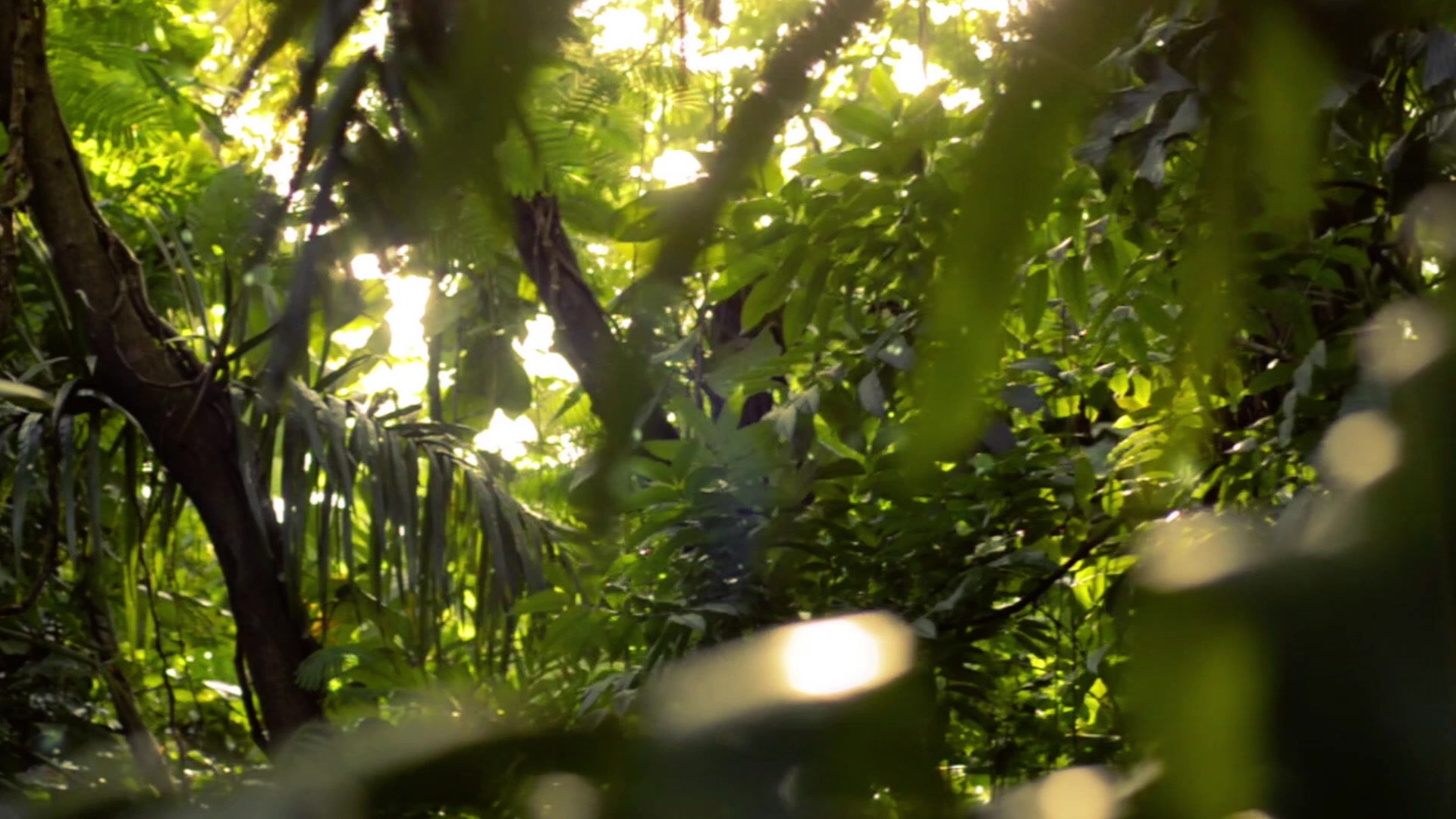
CLIL PROJECT
Claire Martin, Cristina Pérez, Lorna Ragel & Daniel Muñoz
Topic: Carnivorous plants.
Content and Language objectives of a possible teaching unit:
- Content: types of plants
- Language objectives:
-
To be able to understand texts about a wide diversity of plants.
-
To be able to use key vocabulary related to the topic.
-
To be able to compare their understanding through drawings.
-
To be capable of writing a descriptive text in which different plants are described, using the appropriate vocabulary and structures.
Activity description:
-
We read, very slowly, a brief text about carnivorous plants, and we write down the key vocabulary on the “whiteboard” while we read it. We have selected certain words for two different reasons: firstly, because we have considered that they are essential to understand the overall meaning of the text, and secondly, because these words are very similar in Spanish and Catalan, and therefore, analysing them is indispensable if we intend our students (who are beginners) to understand the text.
-
Afterwards, we elicit their meaning using the target language, and miming and drawing when necessary.
-
Subsequently, we tell them to draw the plant they have imagined and to compare their drawings. Although we encourage the use of the target language, we also allow them to use their own language to compare their drawings because they are beginners.
-
Finally, we hand out a paper with pictures of different plants, and they have to guess which of them is the plant described in the text.
Strategy or strategies to help students understand:
-
Reading the text very slowly.
-
Displaying key vocabulary on the whiteboard and eliciting its meaning.
-
Showing them pictures of diverse plants, and making them guess the picture that the text is talking about.
Strategy or strategies to help students produce:
-
Making them draw the plants they have imagined in order to make them identify the different elements of the plant (the leaves, etc) and explain the plant they have imagined.
-
Making them compare their drawings to explain to their classmates the characteristics of the plant they have imagined, using the target language if possible or their mother tongue due to their low level of French.
Language needs of the activity:
-
The present simple in French
-
Verb “to be” (être)
-
Verb “to eat” (manger)
-
Vocabulary related to plants (leaves, enzymes…) and insects (flies, bug…)
-
Adjectives (carnivores, happy, thick, padded, tiny, powerful…)
Results/Reflection after implementation:
-
We could have told them to read the text out loud to improve their pronunciation.
-
We should have told them to try to speak in the target language, even though they do not speak French at all.
-
We should have given them more time to do the drawing, so then it may have been easier for them to describe their drawings to their classmates.
-
If we had had more time, We would have written key sentences on the board to help them produce more effectively in the target language.
-
Maybe we ought to have given them more time to describe the pictures we had given them before eliciting the one described in the text.
Other important information:
-
Due to the students’ low level, we did not expect them to produce orally but instead we asked them to draw what they had understood.
-
We expected to have more students but at the end some friends could not come.
Teaching materials:
-
The text.
-
The pictures of the different plants.
-
The whiteboard and pens.